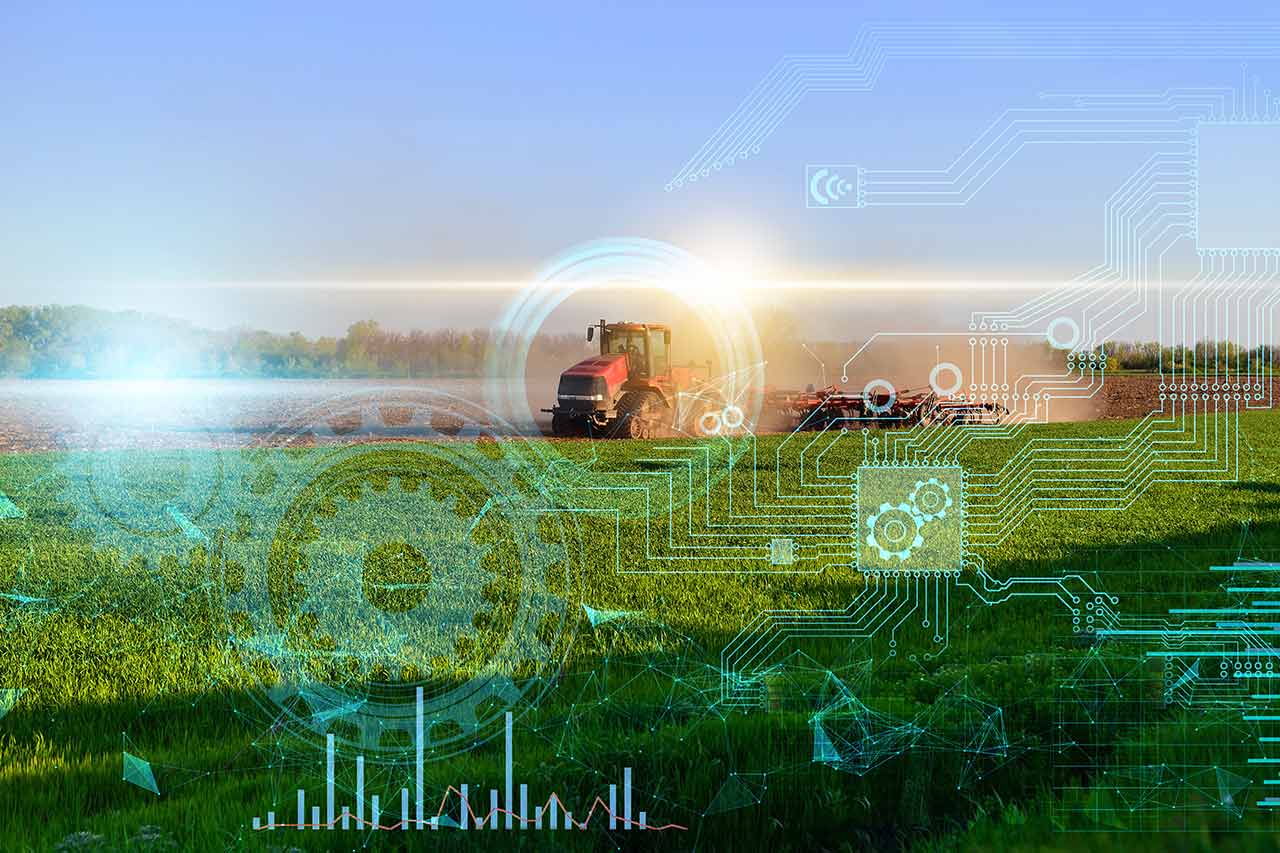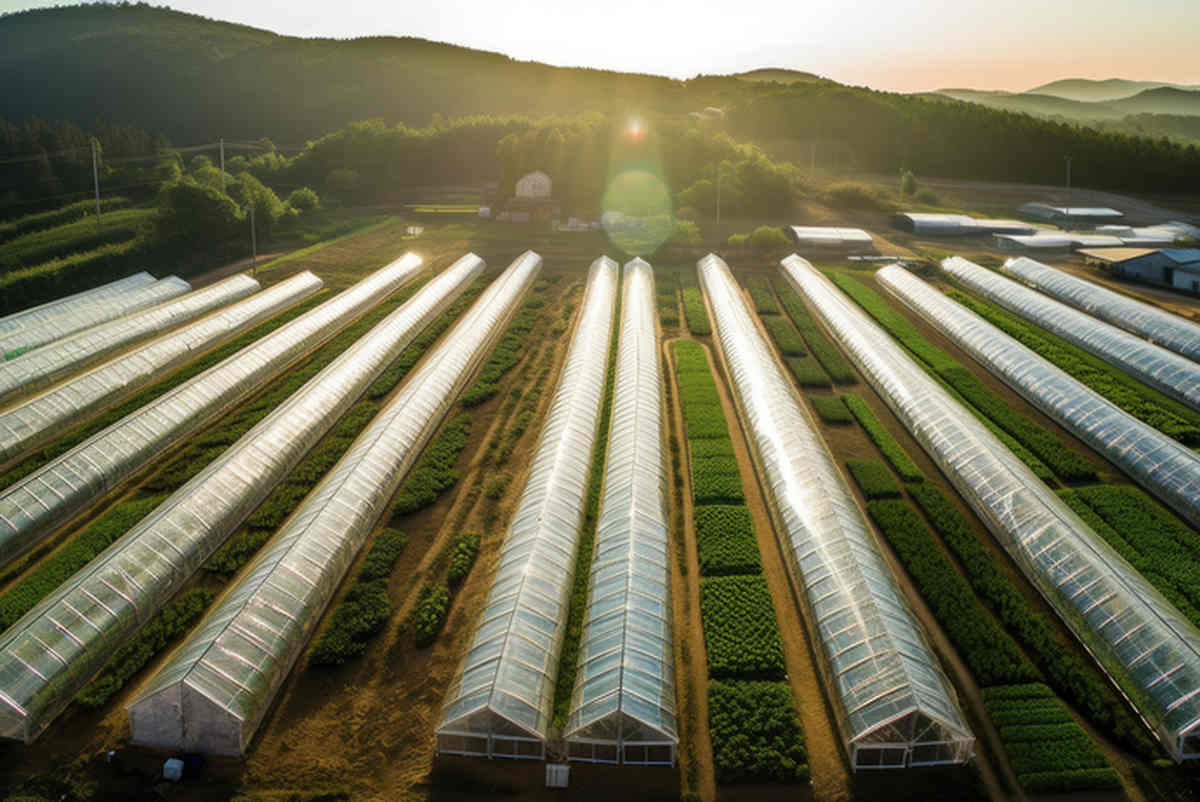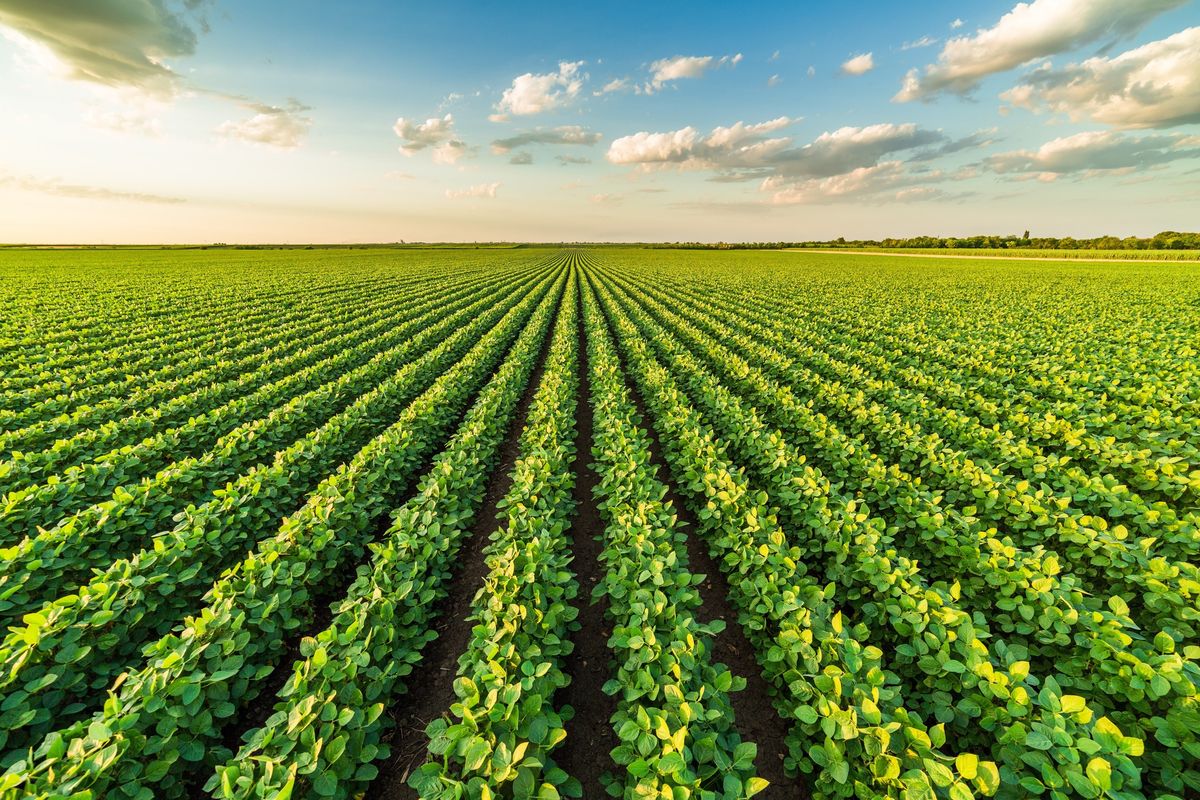1. Technologies at the service of productivity and naturalness issues
As a result of the post-war intensification of agriculture and the growing population, farming practices have had no choice but to evolve towards more efficient alternatives. These productivity issues are all the more essential as increasing urbanization is eating up land on arable plots.
In addition to the yield targets that producers have long been facing, ecological requirements are becoming increasingly important in agriculture. Agricultural work is increasingly being combined with the need for responsible production to meet societal demands for green and healthy.
Learn more about the development of plant protein production >
How to produce more but more naturally? This is the challenge that new technologies that are part of the daily life of connected farmers are trying to answer. Self-propelled machines, drones, connected goggles, intelligent sprayers… on-board technologies are appearing on farms, giving farmers a better understanding of their soils and crops. A variety of tools enable them to manage with precision in order to improve their yields, limit the management of inputs but also improve their working conditions. This is the image of the farms of the future: digitalized and hyper-connected farms, at the head of which “e-agriculturists” manage more and more remotely, without going to their field.
2. Financial and technical possibilities still in question
However, these advanced technologies come at a cost, and not the least. The addition of options for precision management (intelligent sprayers, self-steering systems, …) costs tens of thousands of euros. It is therefore difficult for farmers who are struggling to make a living and who are already in debt on the purchase of “conventional” machines to afford the luxury of precision farming.
There is also the question of agricultural competences. Farmers are already connected, have rapidly integrated digital technologies, and are demanding new and better tools. However, the skills required are shifting from agronomy to computer science and are leading to a loss of connection with nature. This transition towards “ageekulteurs”, already observed by the rise in the number of diplomas in farming professions, will require training, particularly for the third of French producers over 55 years of age.
3. Who will be the key players in this technological revolution for the farms of the future?
But what can we expect for our farms of the future by 2030? It seems difficult for farmers to make their technological transition without facilitation from the public authorities, both from a financial and training point of view. With just under 440,000 farms in France, at the time of the latest INSEE count in 2016, the transition to Farm 2.0 can only be imagined in the light of a major effort on the part of the public authorities, at all levels of the territory, to facilitate this transition for farmers. This is, moreover, the challenge that the Grand-Est region has set itself, which aims to support 100 farms per year in their digital and ecological transition. The region is planning to overhaul agricultural practices through a performance diagnosis, including a digital and technological assessment, which is essential to support them in their transition to new operational solutions.
However, private actors are not outdone. Agriculture now represents an area of investment where private sector financing is flourishing. Microsoft, in particular, recently invested 1.5 million dollars in the “Grand Farm” project, which consists in developing a futuristic and autonomous farm for a more efficient and rational agriculture. Neovia, a subsidiary of the InVivo cooperative, has also initiated an experimental “farm of the future” project aimed at creating a network of connected farms based on data sharing for collective innovation.
The transition to the farm of the future is necessary for France, which has seen its competitiveness under attack in recent years. The farm of the future is one of the keys to facing productivist models, such as the USA, Ukraine or Brazil, which compete on volumes and prices. Moreover, the competitors of French agriculture have been able to modernize and reach equally competitive quality standards.
In addition to price and quality, one of the areas of differentiation in French agriculture is environmental and social. In order to meet these citizens’ expectations, the establishment of farms of the future must provide solutions that support the transition from the connected, high-performance and ecological French agricultural model. There are still major challenges that can be met by coordinating the players and making significant funding available.
Interested in this topic? Discover our white paper FOOD 2050 and our achievements in foresight exercise consulting!
About the authors
Mathieu, Project Manager in Alcimed’s Agri-food team in France
Thomas, Director of Alcimed’s Agri-food team in France



